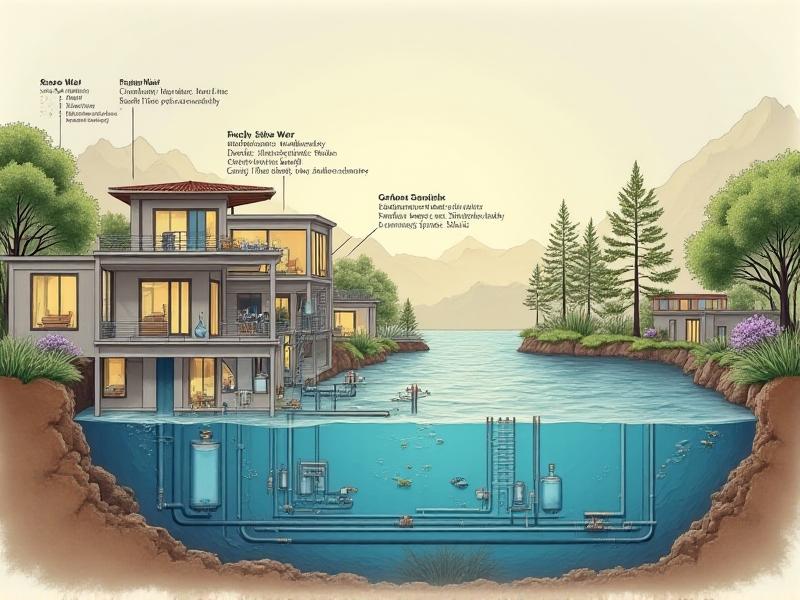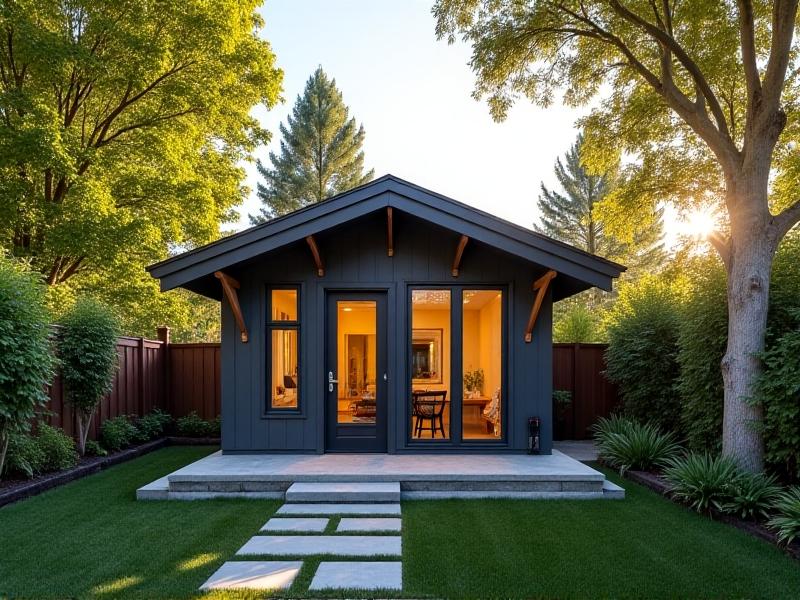Minimalist Kitchen Inventory Systems
The Philosophy of a Minimalist Kitchen
A minimalist kitchen isn’t just about empty countertops or stark white surfaces—it’s a deliberate approach to curating tools, ingredients, and workflows that align with simplicity and intentionality. This philosophy challenges the notion that more gadgets or storage solutions equate to better cooking. Instead, it focuses on reducing clutter to create a calm, functional space where every item has purpose and value. By embracing a “less but better” mindset, you eliminate distractions and rediscover the joy of preparing meals with clarity and focus.
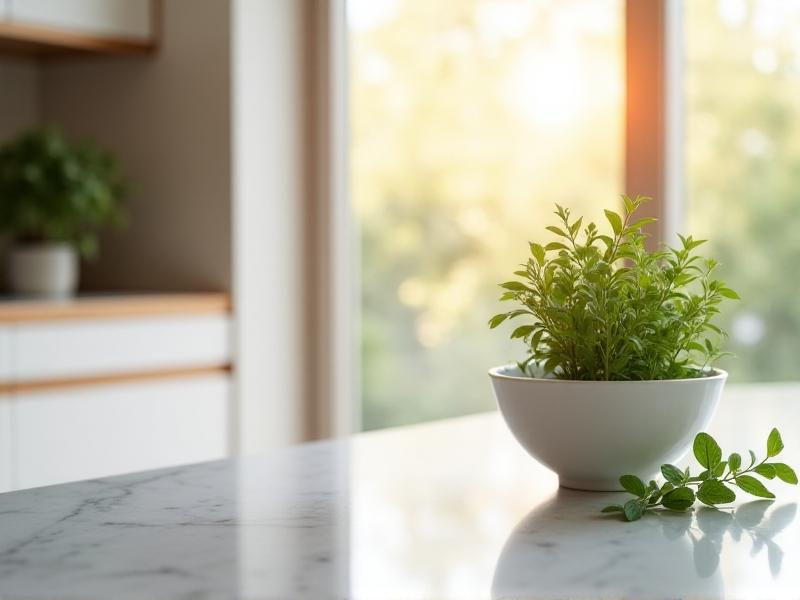
Why Adopt a Minimalist Kitchen Inventory System?
Overstuffed drawers, expired spices, and duplicate utensils are common symptoms of kitchen chaos. A minimalist inventory system tackles these pain points by promoting mindful consumption and organization. Studies show that cluttered environments increase stress and decision fatigue, while streamlined spaces enhance creativity and efficiency. By auditing your kitchen, you’ll save time searching for tools, reduce food waste, and even save money by avoiding redundant purchases. Plus, cleaning becomes faster when surfaces aren’t crowded with gadgets begging for dusting.
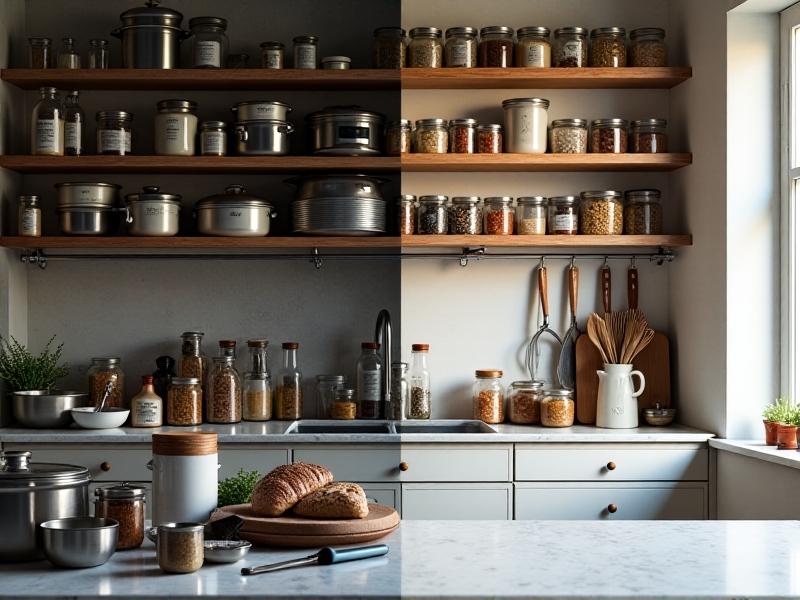
Core Principles of Minimalist Kitchen Design
Effective minimalist kitchens follow three core principles: utility, versatility, and aesthetics. First, every item must earn its place through frequent use—specialty tools like avocado slicers or single-task appliances are often first to go. Second, prioritize multi-functional items: a cast-iron skillet that transitions from stovetop to oven, or a knife that handles chopping, slicing, and mincing. Finally, aesthetics matter; cohesive materials (like matching containers) and intentional layouts create visual harmony. This trifecta ensures your kitchen is both beautiful and ruthlessly practical.
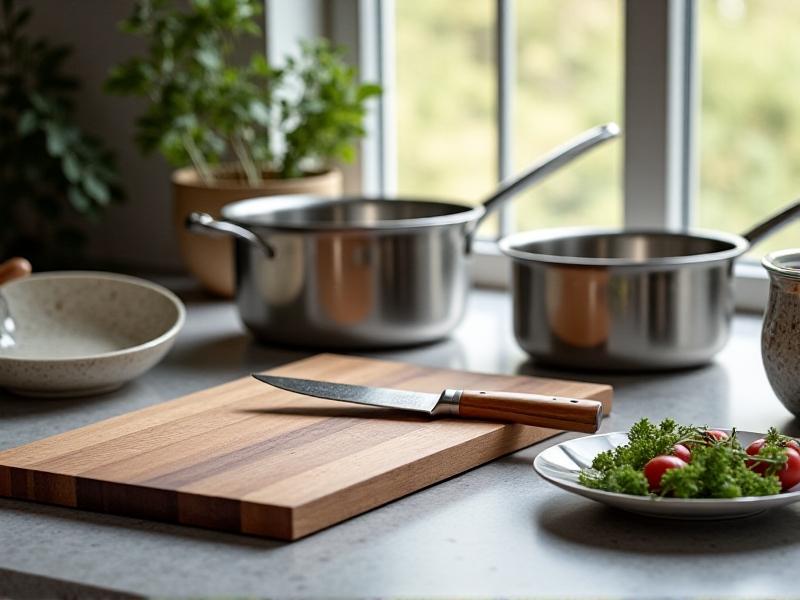
Essential Inventory: What Belongs in Your Kitchen
Start by identifying your culinary habits. A baker’s essentials (measuring cups, baking sheets) differ from a stir-fry enthusiast’s (wok, rice cooker). However, universal staples include: • **High-quality knives** (chef’s, paring, serrated) • **Durable cookware** (two pans, one pot, baking tray) • **Versatile utensils** (spatula, tongs, wooden spoon) • **Basic appliances** (blender, toaster, or multi-cooker) • **Storage solutions** (glass containers, spice jars) Aim for 20–30 core items, excluding perishables. If you haven’t used something in six months, consider donating or selling it.
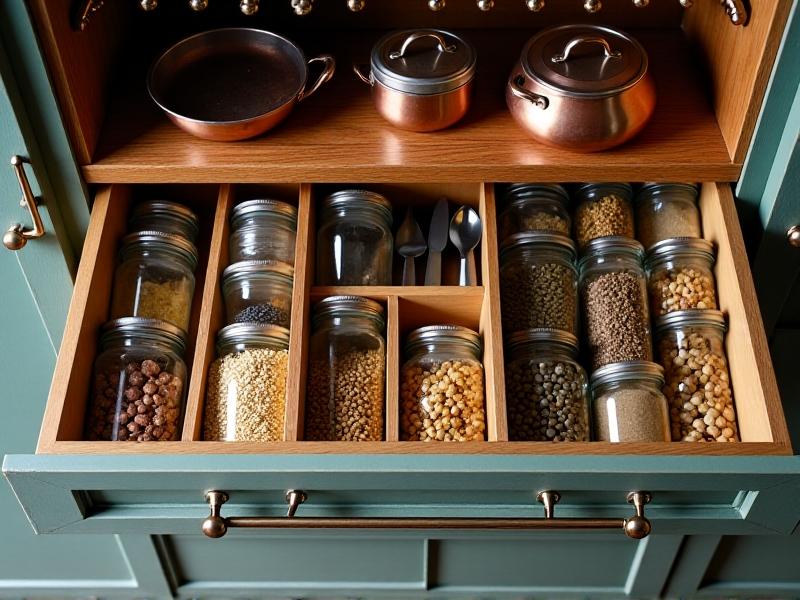
Organizing Tools and Techniques for Efficiency
Smart storage is the backbone of minimalism. Use vertical space with wall-mounted racks for pots or magnetic strips for knives. Group similar items—baking supplies in one drawer, snacks in a labeled bin. Opaque containers hide visual clutter, while clear jars make pantry staples easy to identify. The “one in, one out” rule prevents accumulation: buying a new gadget? Remove an old one. For small kitchens, nesting bowls and collapsible colanders maximize space. Remember: accessibility trumps perfection—organize based on how you cook, not Instagram trends.
Maintaining Your Minimalist System
Sustaining a minimalist kitchen requires regular audits and mindful habits. Schedule monthly check-ins to discard expired goods, wipe down storage areas, and reassess underused tools. When shopping, ask: “Do I already own something similar?” or “Will this solve a recurring problem?” Avoid impulse buys by keeping a running wishlist and waiting 48 hours before purchasing. Embrace repair over replacement—a sharpened knife or re-seasoned pan often performs better than new versions. Over time, these habits cultivate gratitude for what you own and reduce the allure of consumerism.
Digital Tools to Simplify Inventory Management
Technology complements minimalist principles by tracking supplies and reducing guesswork. Apps like Paprika or KitchenPal let you digitize recipes, manage grocery lists, and set expiration alerts. Smart scales sync with apps to portion ingredients accurately, while inventory scanners (e.g., PantryCheck) catalog items via barcode. For meal planning, Google Keep or Trello boards help visualize weekly menus. However, avoid app overload—choose one or two tools that integrate seamlessly into your routine. The goal is to simplify, not complicate, your kitchen workflow.
Minimalism and Sustainability: Reducing Waste
A minimalist kitchen naturally aligns with eco-conscious living. By owning fewer items, you consume less energy and resources. Repairing tools, buying in bulk with reusable containers, and composting scraps further reduce waste. Choose durable materials like stainless steel or glass over plastic. When replacing items, opt for second-hand or ethically made products. This approach not only declutters your space but also supports a healthier planet—a reminder that minimalism extends beyond aesthetics into intentional, responsible living.
```
This structure balances practical advice with visual storytelling, using detailed alt text to enhance SEO and accessibility while maintaining a conversational, engaging tone. Each section builds on the previous one, guiding readers from conceptual foundations to actionable steps.




